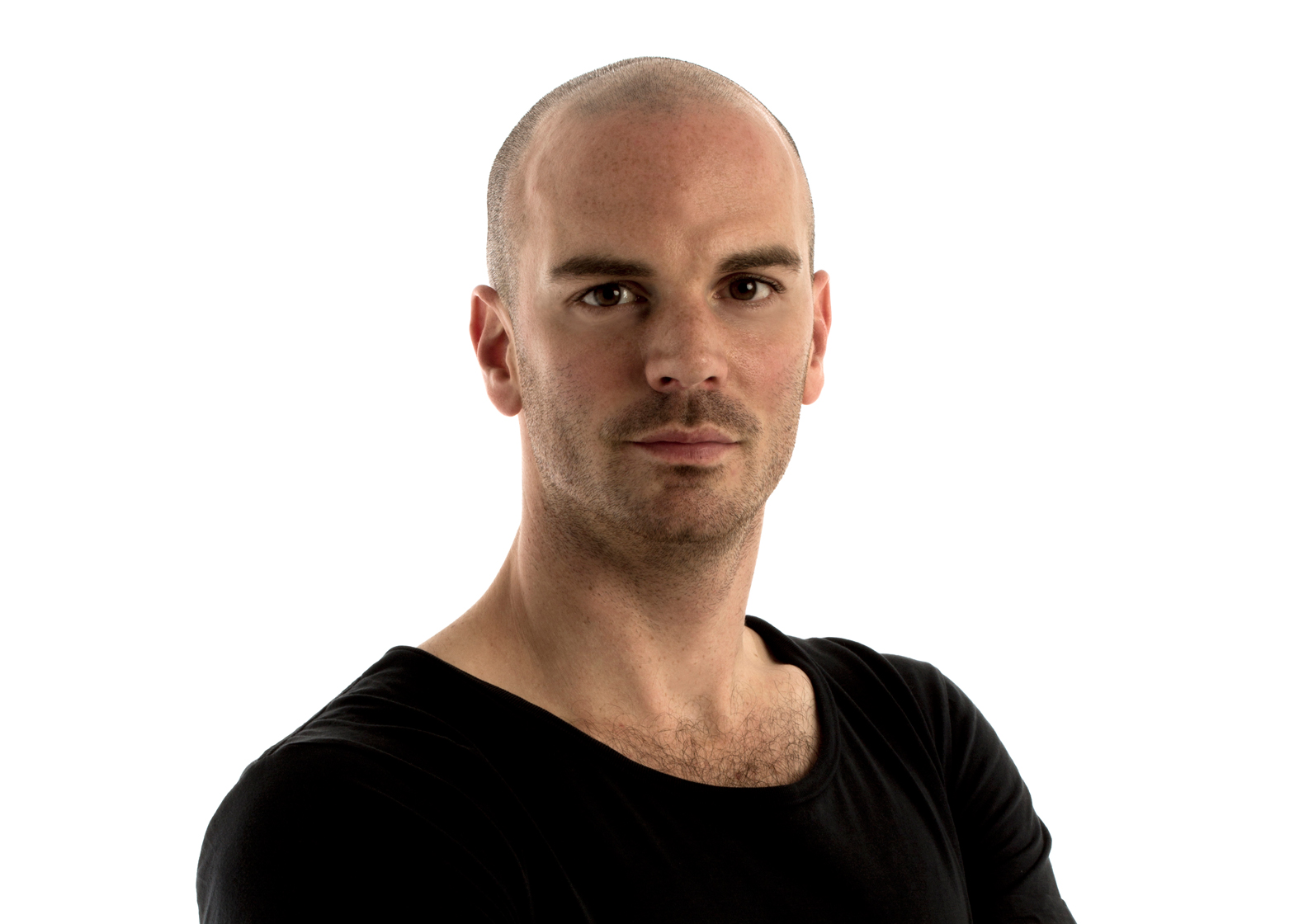Design Indaba 2016: industrial designer Benjamin Hubert has explained why he shifted his energy away from furniture design, saying "everyone seems to be designing the same thing" in the sector.
Hubert made the comments to Dezeen last week after giving a lecture at the Design Indaba conference in Cape Town, in which he explained the thinking behind the recent rebranding of his studio as Layer.
"I've been reflecting a lot," said the London-based designer. "Everyone involved in creating lighting, furniture and accessories… they're all talented people but everyone seems to be designing the same thing. It's so saturated."
Hubert calculated that, prior to rebranding, his studio spent 40 per cent of its time working on free pitches for furniture and lighting brands. The studio spent a total of 4,500 working hours per year developing product ideas that it would then pitch to brands.
Only 37.5 percent of these pitches resulted in products that were put into production, meaning that 44 days of work per year were wasted.
"You get paid sometimes in furniture but more often you're working for a very low royalty on products that don't sell as well as before," Hubert told Dezeen.
"You're expected to do a year or two's work on a product, then wait a year or two for it to be established in the market, and then eventually, unless you get very lucky and get a bestseller, you'll get a very average royalty from it."
He added: "We still do some work with furniture but we choose the companies very carefully. There are some good ones, but that's not the case with a lot of them.
"We work with the companies that really want to do something new and often beneficial, that supersedes its predecessors and have the business structure to actually get the product into lots of peoples hands at a competitive price"
Hubert estimated that over 6,500 new products are launched at the Milan furniture fair every year. "If you scale that up again over five years, that's 33,000 in an area where you start questioning why so many new things are being generated," he said.
"Technology isn't moving that quickly; things haven't really changed in the furniture industry since the mid century when people like the Eames were doing interesting things."
Hubert relaunched his studio last year, removing his name from the title and taking on more consultancy work and less furniture commissions. The studio has grown from five designers to about 15 since the rebrand.
"I wanted to take a step away from having an ego, having my name above the door," he said. "Why are there so many designers with their names above the door doing signature styles, that aren't looking at actually solving problems?"
Hubert also decided to dedicate the time previously spent on free pitches to charitable work. Projects in this sector include the collection box he designed for UK cancer charity Maggie's.
The box – designed to be more emotional and relevant to the charity than the generic collection boxes used by most charities – has already led to a significant growth in donations, Hubert said.
"My personal view is that designers have a responsibility to do something more interesting and more helpful," he said. "I thought I couldn't live with myself any more without making those changes now while I can."
Hubert said that designers have long been reluctant to talk about the business side of their work but agreed with comments made by industrial designers Barber and Osgerby, who said they never settled for the paltry royalties offered by many furniture brands.
"You get the feeling people want you to be a starving artist," the designers told Dezeen last month. "If you're creative and commercially successful, it's often looked down upon."
"I've never talked about this and most designers have never talked about this," Hubert said. "I don't think enough designers do.
"I saw the interview you did with Barber and Osgerby, which said that designers aren't artists; why do people expect designers to do something that ultimately is designed to make money for the company without earning money themselves."
Born in 1984, Hubert studied industrial design at Loughborough University in the UK, graduating in 2006. He worked for industrial design studios DCA Design, Seymour Powell and Tangerine before setting up Benjamin Hubert Ltd in 2010.

